How to tell if a light switch is bad? Dysfunction of a light switchmechanism can sometimes cause quite serious electrical problems and more, and it’s important to recognize broken light fixtures to prevent further catastrophes.
If the light switch is bad, it increases the likelihood of fire, electrical shock, and burns. So be attentive to notice the bad omens.
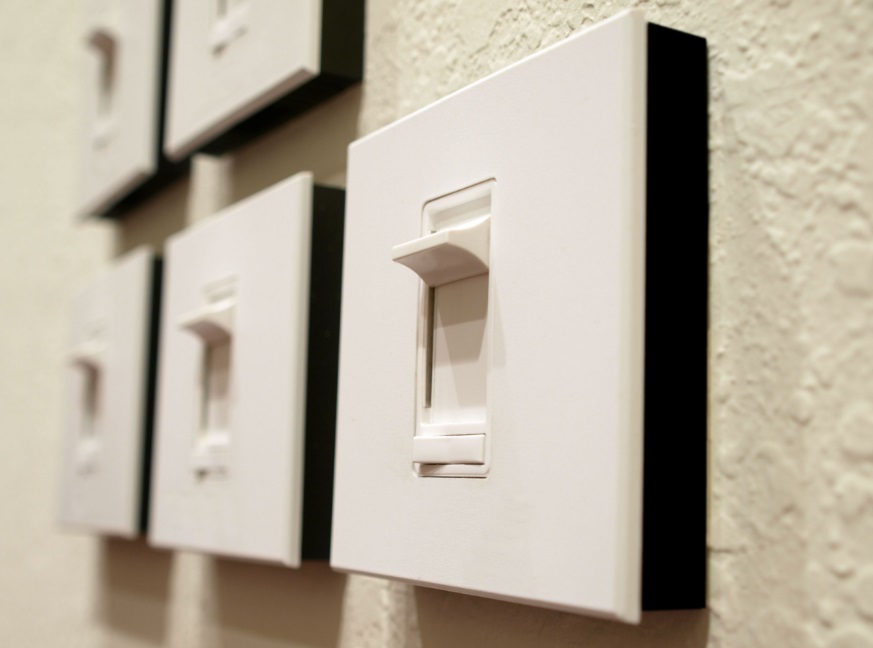
Among other significant factors, which can contribute to the danger, are poor light switch installation, broken toggle, loose wiring connections, and defects in a light bulb or light fixture. But let’s have a look at the most crucial warning signs of light switch malfunctions.
Can a light switch just go bad?
The light switch toggle lever makes and breaks electrical connections physically by moving the contacts back and forth, and any mechanical components and especially moving parts have a tendency to wear down with time because of friction.
Moreover, faulty light switches can produce electrical arcing, which accelerates the wear.

Apart from wear and tear, a light switch might be initially defective, somehow damaged directly, or installed poorly.
How do I know if I need to replace my light switch?
There are several warning signs, which should attract your attention.
The cover plate of the wall switch is cracked or broken
A damaged switch cover is a very visible sign, but because of that not less important. Normally, the cover plate protects us from the electric current and, if the plate is broken, we should replace it as soon as possible to prevent everybody from touching wires.
No light at all
If the switch fails and the light doesn’t turn on, first of all, we need to differentiate our problem. Is the bad light switch the real reason for the absence of light? There can be other issues:
- In the first step, check the power in the light circuit to eliminate an electricity outage in your area.
- In the next step, verify the circuit breakers in your home’s breaker panel. Be sure they are not tripped because of ashort circuit, for example.
- If everything is all right, examine the light fixture, maybe the light bulb was burned out and you just need a new light bulb.
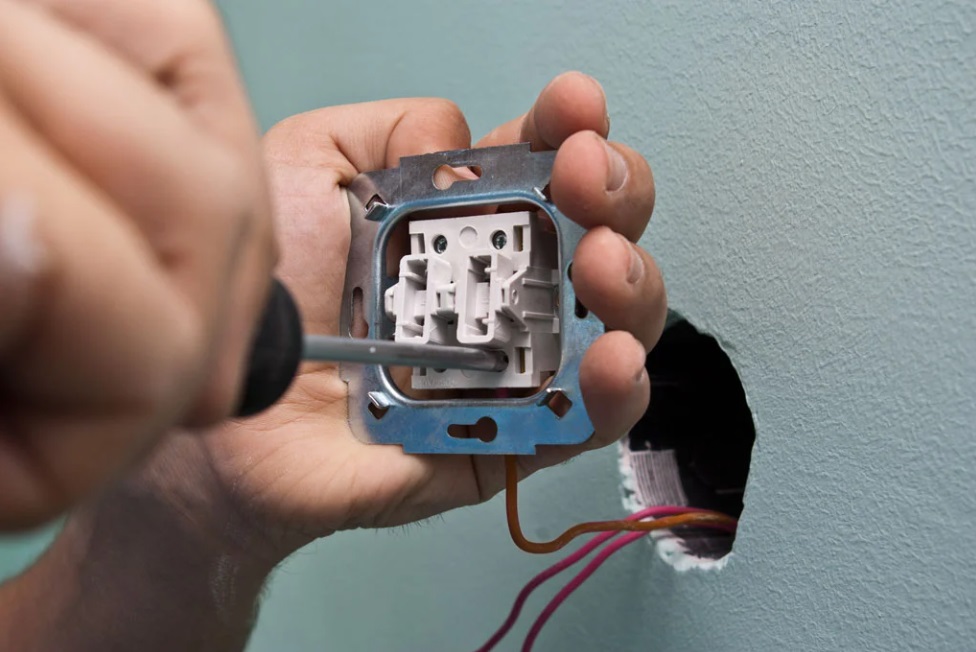
There also can be issues with the light bulb connection or loose wires in the circuit, and very often you require help from a professional electrician to recognize them.
Tripping breakers (fuses)
The breaker responsible for your lighting circuit suddenly trips off. If that happened at the moment when you used the suspected light switch, here is the warning sign that the switch is bad, and you should buy a new light switch.
On the other hand, the wiring could be worn out in such a way that it shorts constantly, and the breaker would just trip immediately upon being reset and the problem could be anywhere in the lighting circuit.
Flickering lights
Flickering lights is a very significant indicator that it’s time to fix the light switch. Lights flicker when somebody is reaching the switch, or we can watch a so-called temperamental light fixture. It is the situation when the light just flickers immediately before coming on, or there is a short delay before the light starts shining.

This condition often appears when the mechanical elements of the light switch are wearing out. As a result, the contacts can’t form a normal connection, and maintain an electrical path to provide the light.
Noisy switch
When you press a light switch, the only sound you should hear is the usual mechanical “click”. There should be zero buzzing noises, such as light bulbs buzz, or popping sound.
If something like those comes from light fixtures, it is a very alarming warning sign.
A noisy switch means, an electrical contact isn’t as strong as it should be, and electricity is forced to arc through the intervening space to complete the circuit. The internal components of the switch can be damaged or the wiring behind the switch is not working correctly.
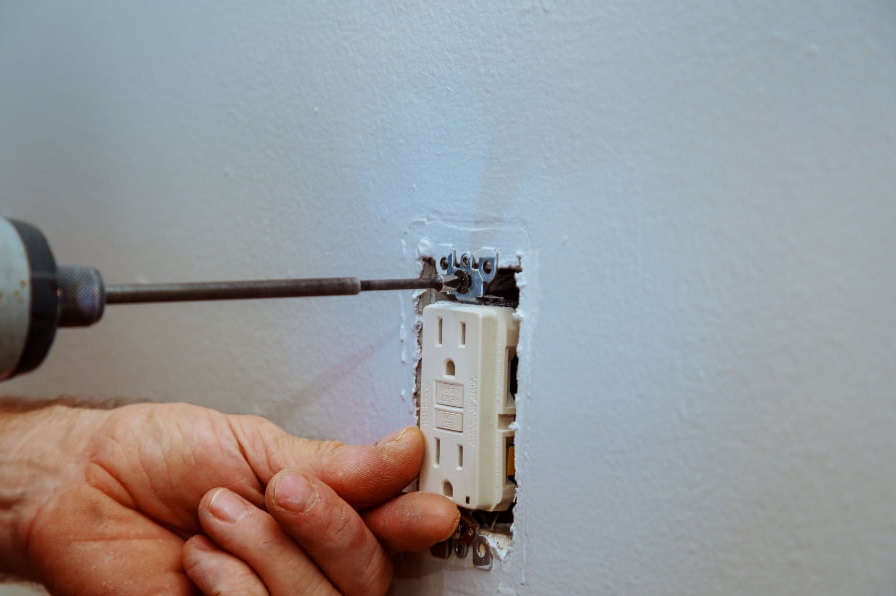
Corroded contractors and loosening terminal screws usually cause poor condition. Loose wire connections will provide inappropriate wire contact, and loosening terminal screws could cause wire disconnection and overheating.
Warm light switches
Due to wear and tear, the electrical contact between two parts of a switch could be reduced, and that sector is not sufficient for carrying much electrical capacity anymore, and it generates heat.
If your light switch is warm to the touch, don’t neglect such a situation. With a high probability, wires behind that switch could be damaged.
Call an electrician because a warm plat increases the risk of a short circuit, fire, and electrical shock.
An insulated housing of a switch is usually made of an insulating material like plastic, but plastic can melt when it gets warm enough.
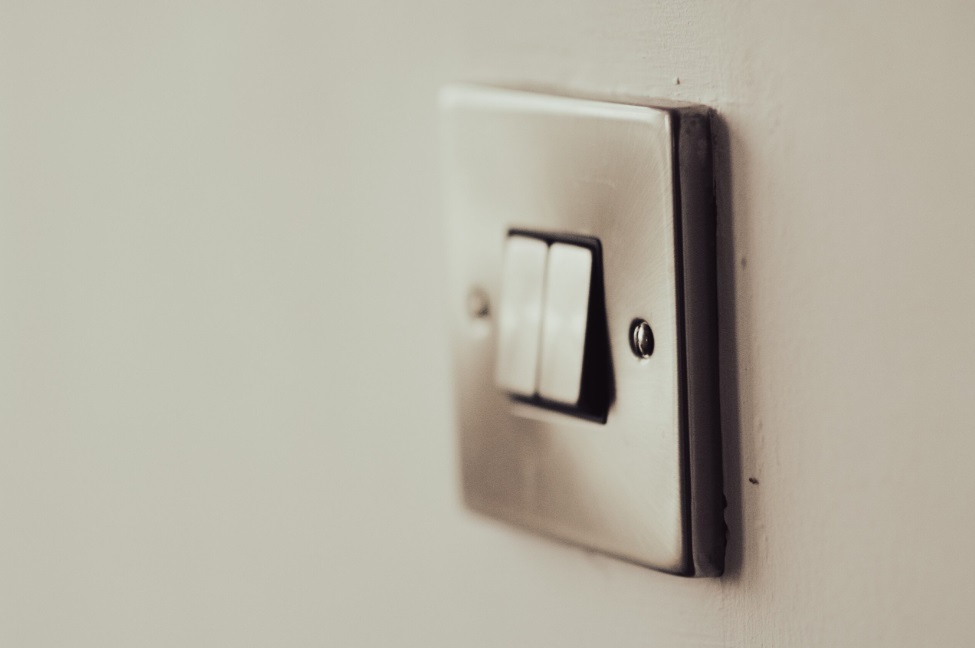
It’s very common for dimmer switches to consist of plastic elements. So be attentive, if your dimmer switch is generating heat, the electrical contacts lose their strong connection and that leads to further exacerbating the problem.
Sparks
From a “cause” point of view, the sparks are the same thing as the noise.
When wire contacts are poor, the electrical field between them becomes ionized and conductive, providing an effect very similar to lightning.
Worn contacts can be slightly disconnected, in this case, a load arc appears between them. In normal conditions, a load arc disappears when the contacts go apart. But if you notice any sparks, big, small, or noisy, it means you are using a faulty light switch that demands urgent repair.
Sometimes something just goes wrong. You can feel it. You can sniff a suspicious smell, see smoke or your light switch toggle just starts behaving differently than usual.
It can show erratic and finicky behavior, works stiffer than usual, or lose its “snap”. These are bad signs and time to call for a professional electrician.
A broken dimmer switch could provide not-smooth dimming, flickers, and “dead spots” in the rotation of the dimmer.
Check the switch by multimeter or other devices
You can check suspicious light switches using a digital multimeter, a non-contact voltage tester, or a continuity tester.
First of all, in any case, you need to disconnect the power to the switch. Go toyour circuit breaker electrical box and turn off the same circuit, which feeds the suspicious light switch.
Another important step — you’ll need to identify which wire connections you are going to check. There are two common types of switch wiring: a single pole and a three-way switch.
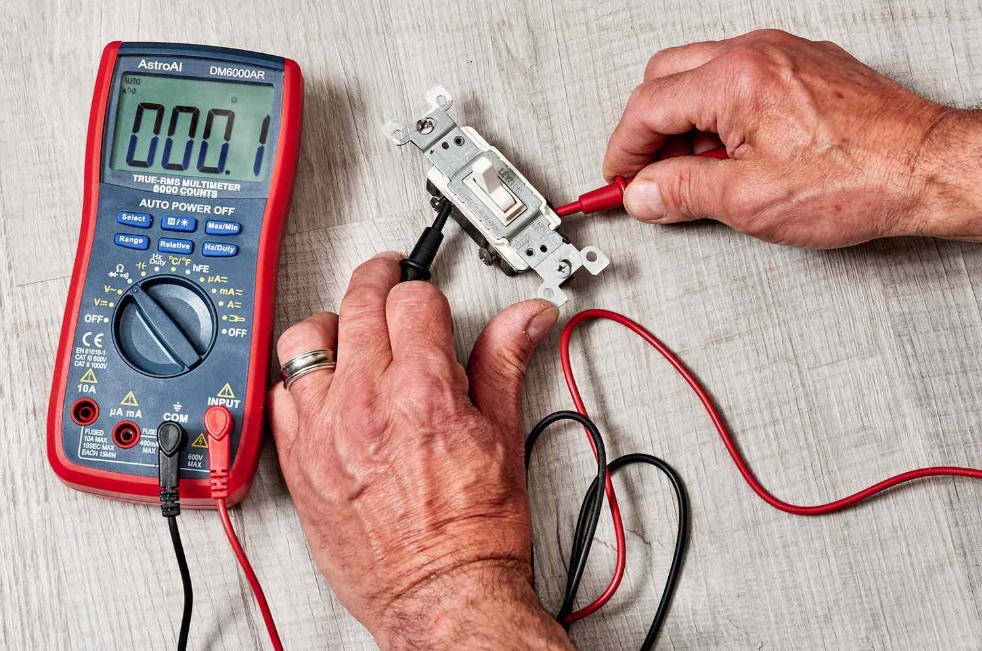
If multiple switches control a single fixture, then you are working with a three-way switch; otherwise, your switch is likely a single pole switch.
More detailed instructions depend on the exact device which you are going to use.
If you are not confident employing a continuity tester and other tools, it’s better to ask for help from some professionals.
Wrapping up
To recognize a bad light switch, look for the following alerting signs:
- The lights don’t turn on at all, the circuit breaker is tripping, or the light fixture provides flickers.
- The light switch makes a noise and sparks, it is warm to the touch or just behaves differently than usual.
If you notice something from those strange factors, pay attention and take action.
More information on how to tell if a light switch is bad you can find by following the link.
FAQs
What happens when a light switch goes bad?
Due to light switch malfunctions, you can’t properly turn the light on and in further perspective, it can cause electrical fire, shock, and burns.
So be attentive to notice the bad omens.


